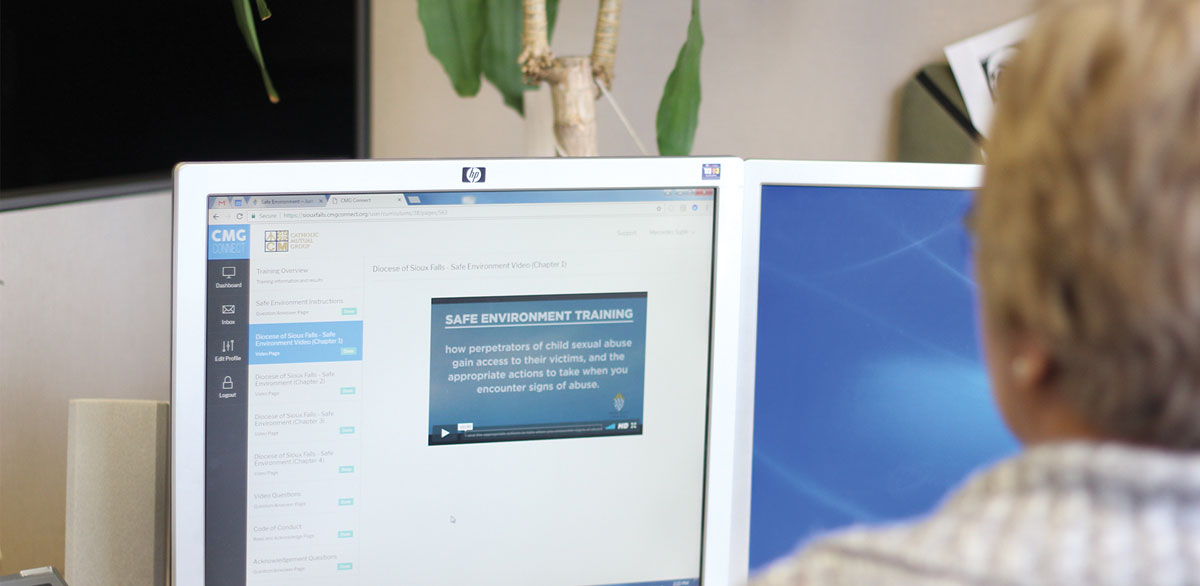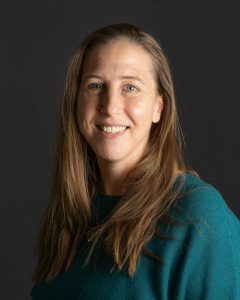
By Alison Conemac
This summer is my third anniversary of serving the diocese as the Safe Environment coordinator, which means I’ve completed three cycles of the annual requirement for adults and minors to be trained in abuse prevention. In my experience, nearly all individuals in our diocese understand the “why” behind Safe Environment compliance. Yet compliance can feel so burdensome.
I get it! In order to hold these two realities side by side, I want to talk about it. Here are three common reasons that I have come to understand make Safe Environment compliance feel so difficult.
The first one is the most obvious: it’s one more thing. While I was a missionary at a large parish in Phoenix, Arizona, I coordinated the religious education of 1,200 minors, which included sacramental preparation for the attached parish elementary school. Working with two languages and even more cultures, the Safe Environment requirement for volunteers and minors felt like a curveball or obstacle I laid on my teachers.
Gathering volunteers was hard, but to add a time requirement outside the classroom and then enforce it felt like “one more thing.” When training students during the small amount of time we had, it felt like such a challenge to pause the curriculum for faith-based boundary learning (as I saw it then). Moreover, I knew many of my catechists were not professional teachers. Asking them to pause their curriculum to learn a new, one-class safe environment lesson was so tricky. But we did it, and it always went better than I expected. Yet, with all that is on one’s plate, I get it—Safe Environment compliance sometimes feels like one more thing.
Another reason the Safe Environment requirement may feel hard is the emotions it can bring up. The reality of hearing or observing harm done to children or adult behaviors that may mean my co-worker is planning harm are unthinkable things. For many of us, it can stir memories, pain from our pasts or within our story, which we would rather not remember.

For some of us, it is an unwelcome reminder that sin and its effects are present in our world and could encroach upon our faith community. This is extremely hard, yet it is also an opportunity to remember that healing can sometimes begin with painful memories surfacing that the Lord wants to bring into the light so he can heal those places and those memories.
The final reason I think Safe Environment is hard is, in fact, a beautiful one. The beauty is in the vision of what our communities are—and can be—places that foster communication, healing and safety for all. When we make concrete efforts to create safe environments, we often have to plan for what may attack the beauty, truth and goodness in our Catholic parishes, schools and ministries.
The aim of the Safe Environment compliance requirements is to ensure we each do all within our control and power to prevent harm and preserve the goodness that our communities are. And sometimes this feels hard, inconvenient or challenging.
The human person is uniquely created in God’s image and likeness. The Safe Environment requirements reinforce this baptismal identity in a concrete and real-world way. With our compliance, we are committing, by our actions, to reverence, honor and protect from harm ourselves and those we love—to honor the dignity and identity we have as children of God. Though the reality of sin, in all its forms, is present in the world, you valiantly form yourselves as well as young minds and hearts to know their dignity and power to protect themselves, to protect others and to be valiant in their efforts.
Are the Safe Environment policy requirements hard? Yes. Can they be inconvenient at best and trigger painful feelings at worst? Yes. Are our children and vulnerable adults worth our attention and time? Absolutely.
Although Safe Environment compliance may feel hard, with deep virtue and commitment, our Sioux Falls Diocese promises and follows through with its commitment to ensure all has been done for our children and those vulnerable in our midst.


